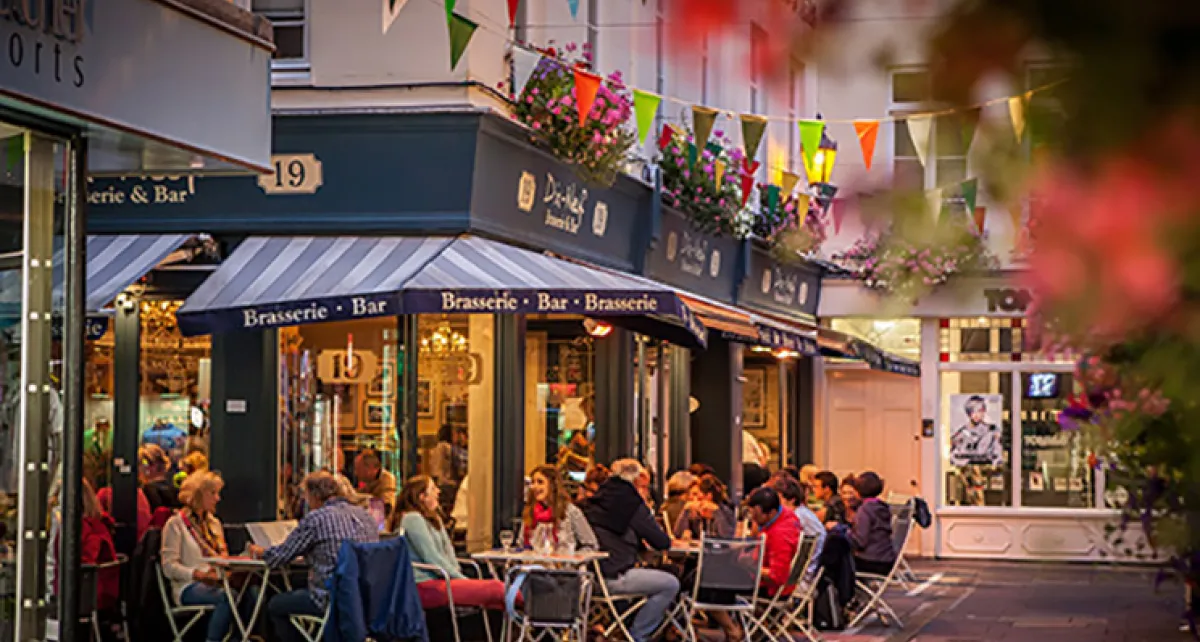
Guernsey's local property market rallies despite the challenges of the pandemic
The impact of the coronavirus (COVID-19) pandemic on the local property market over the past 12 – 15 months has been stark – with record highs and record lows for quarterly activity a regular occurrence.
Let us not forget, we began 2020 having just ended 2019 with the Guernsey Local Market experiencing its highest level of annual sales activity since 2011. Indeed, the figures for 2019 as a whole, showed a 4% rise on the total recorded for 2018, with 879 Local Market transactions.
However, roll on three months and much had changed not only in Guernsey, but also across the world. Lockdown restrictions introduced in March 2020 saw quarterly figures drop, just as they were on course to beat previous highs, while upon entering Q2 we saw just 15 Local Market houses and flats change hands during April – the fewest for any month from available records. It meant Q2 as a whole saw the lowest level activity for four years.
Things changed though in Q3 and Q4 of 2020 with confidence returning to the property market unabated, with a post-lockdown surge delivering the highest combined total of house and flats sales seen in Guernsey during any quarter since Q4 of 2006 – first for July to September but also October to December. It meant that for 2020 as whole, the Guernsey Local Market saw a total of 1,017 transactions take place (766 houses and 251 flats). This was 16% more than the total recorded in 2019 and the most for any year since 2007 when 1,145 Local Market properties were sold.
The first quarter of 2021 was of course affected by Guernsey's second lockdown, but either side of that period, activity and confidence in the market has remained strong.
The strength of performance of the property market has also perhaps predictably been reflected by the number and value of bonds (documents securing lending against real property) registered on the Greffe records. Indeed the total number of bonds registered in 2020 (some 1,200) was almost identical to the number registered in 2019 and the highest number of bonds recorded since 2012. More notably, the value of the bonds registered in 2020 of just over £500 million, again an almost identical figure to the one recorded in 2019, was higher by over £100 million than in any of the last ten years and higher than in any year since before the financial crisis.
So why the appetite of so many to commit to borrowing such large sums of money to buy new properties and re-mortgage existing ones during a pandemic, given all the uncertainty created by it around economic, working and other conditions, for the future? And why too, in such circumstances, the enthusiasm of more lenders to the market than at any point in the recent past (a mix of some ten or so high street and private banks and peer-to-peer lenders) to make such finance available?
Where borrowers are concerned, the fact that interest rates remain so low and employment prospects in Guernsey are showing no imminent signs of being adversely affected by the events of the last twelve months, must be the main drivers for the dramatic uplift in borrowing. An additional factor will almost certainly be that those with any savings at all, will likely regard an investment in Guernsey real property to be as safe a bet, both in income (for rental properties) and capital terms, as it ever has been. Certainly, such an investment will be seen by many as trumping putting cash in a bank, or speculating on other investments that are either now, or likely for the future to be impacted by the turmoil circling financial markets.
More than any of the factors already referenced, however, is the fact that Guernsey, notwithstanding the pandemic and perhaps in some ways because of it, has never been a more attractive place to live or relocate to.
An original version of this article was first published in Guernsey Property & Construction magazine, May 2021.

